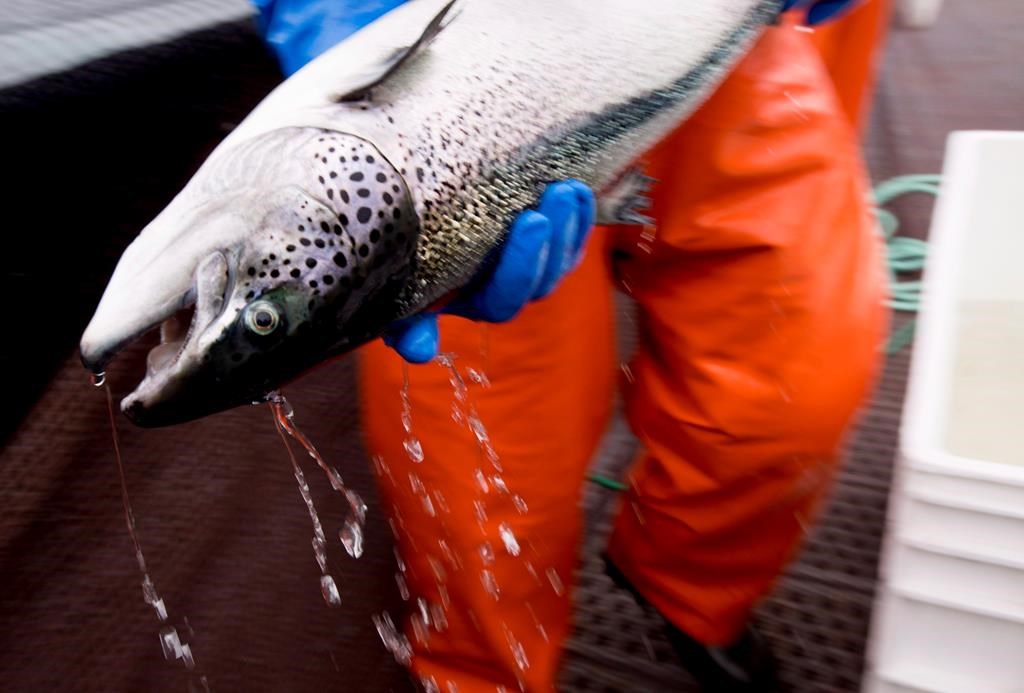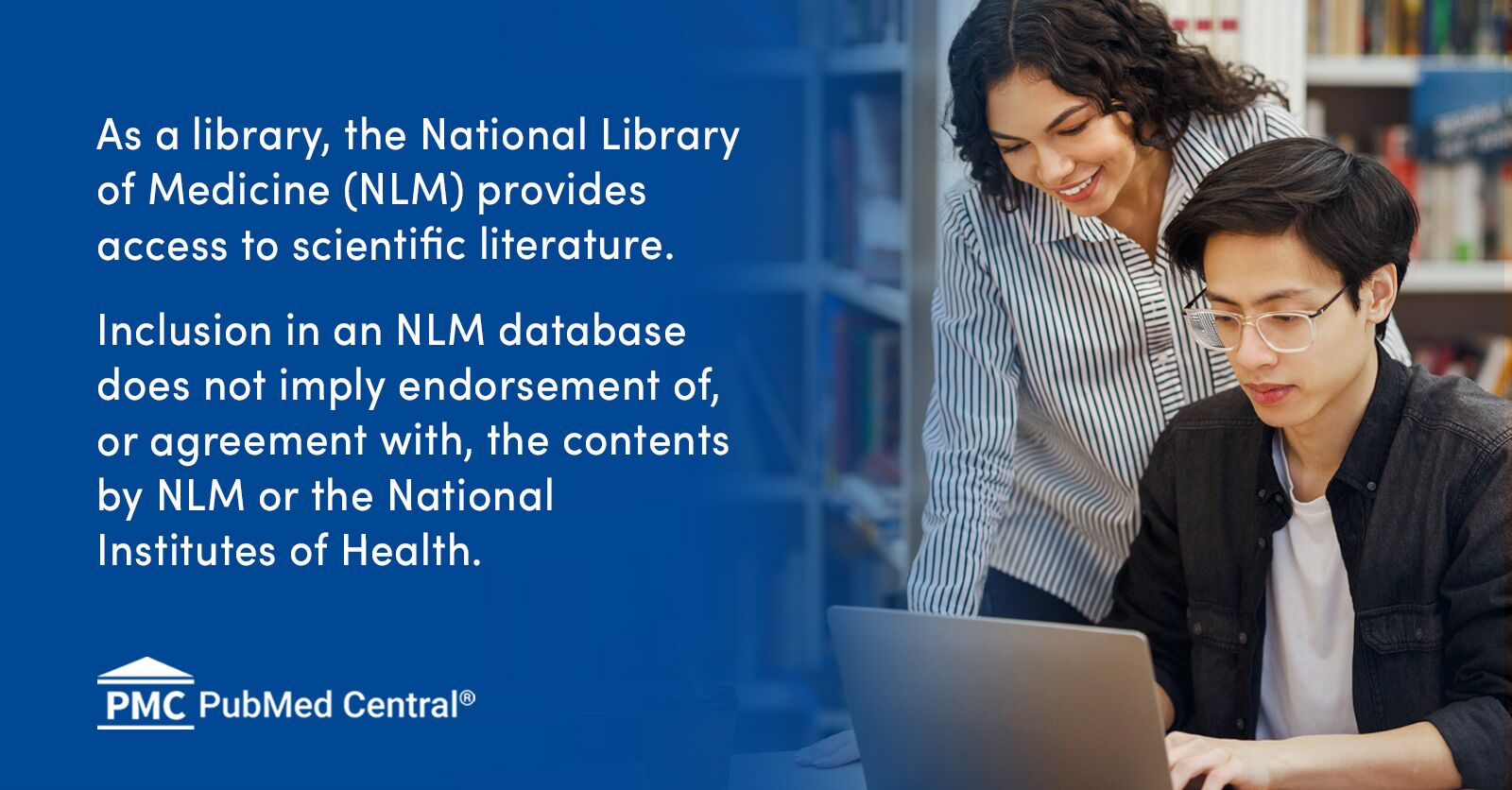You are using an out of date browser. It may not display this or other websites correctly.
You should upgrade or use an alternative browser.
You should upgrade or use an alternative browser.
Aquaculture; improving????
- Thread starter islandboy
- Start date
Aces
Well-Known Member

DiCaprio's take on open-net salmon farms met with disagreement
Several groups respond with dissatisfaction to Leonardo DiCaprio's take on 'open-net salmon farms' in B.C., on social media.
It's going the way I figured it'd go 4-5 years ago - politically. As I posted at: https://sportfishingbc.com/conversations/congratulations.96716/#convMessage-128178
DiCaprio's take on open-net salmon farms met with disagreement
Several groups respond with dissatisfaction to Leonardo DiCaprio's take on 'open-net salmon farms' in B.C., on social media.vancouver.citynews.ca
maybe. maybe ill live long enough to see a transition. maybe not. Sometimes things happen quicker than one ever thought possible. Sometimes it is all smoke and mirrors. Politics is a funny monster. That's why I see how democracy, or consensus-based governance - as opposed to our current form of corruption that we like to pretend is democracy - is the only sustainable way forward. This clip reminds me of politician decisions:
Politicians - they are at least predictable.
Someone had to post this ...
https://seawestnews.com/mega-science-review-showcases-the-realities-of-salmon-farming-in-bc/
https://seawestnews.com/mega-science-review-showcases-the-realities-of-salmon-farming-in-bc/
Paid off by govt or paid off by fish farms. Pick your poison.The transition plan will be that the farms stay where there is FN support . They are setting themselves up for a major payout if the gov closes them...... bur the way ths liberals are throwing around billions.... who knows.
Some rather obvious disingenuous half-truths & misdirection in that document in just a cursory look and critique:Someone had to post this ...
https://seawestnews.com/mega-science-review-showcases-the-realities-of-salmon-farming-in-bc/
P.1-10 Fig. 5: "Prior to transfer fish are screened for potential diseases". Prior to transfer fish are screened for some CFIA-acknowledged reportable diseases, but not PRv & Tenacibaculum & other disease vectors; and even the presence of PRv doesn't disqualify from stocking them out in the very open net-pens, neither. That was the basis of these court actions:
P.1-11 Fig. 6, Seawater Pens Points 8 thru 13. They only look after FARMED fish health not the adjacent WILD salmon; and all those wonderful records are protected by the Privacy Act, apparently - as far as DFO is concerned.
P.1-12: "Very little is known about the mechanisms that control Pacific salmon abundances in the ocean". OMFG! Maybe the BCSFA doesn't know much - doesn't mean the rest of us are as disinterested and uninformed. No talk about Ocean Survival Rates and how the ONP industry affects this neither.
P.1-17: "It takes about 1.15 to 1.2 kilograms of feed to produce 1 kilogram of farm-raised salmon". It takes about 1.15 to 1.2 kilograms of DRY feed made up of ~4.5 kg of WET feed products to produce 1 kilogram of WET farm-raised salmon.
P.1-18: "Once operational, farms must follow all laws to protect fish, fish habitat and wildlife.". Except of course DFO doesn't force them to protect critical nearshore rearing habitat for juvenile salmon - something that Cohen forced on them in the Discovery Islands.
Only 18 pages in and I've had enuff of this PR piece. You get the idea, anyways.
You never even mention the 51 million per year that these five nations are getting, where is that evident? Would that not be like a million or more per family after 20 years? There is no money trail at all.Some rather obvious disingenuous half-truths & misdirection in that document in just a cursory look and critique:
P.1-10 Fig. 5: "Prior to transfer fish are screened for potential diseases". Prior to transfer fish are screened for some CFIA-acknowledged reportable diseases, but not PRv & Tenacibaculum & other disease vectors; and even the presence of PRv doesn't disqualify from stocking them out in the very open net-pens, neither. That was the basis of these court actions:
P.1-11 Fig. 6, Seawater Pens Points 8 thru 13. They only look after FARMED fish health not the adjacent WILD salmon; and all those wonderful records are protected by the Privacy Act, apparently - as far as DFO is concerned.
P.1-12: "Very little is known about the mechanisms that control Pacific salmon abundances in the ocean". OMFG! Maybe the BCSFA doesn't know much - doesn't mean the rest of us are as disinterested and uninformed. No talk about Ocean Survival Rates and how the ONP industry affects this neither.
P.1-17: "It takes about 1.15 to 1.2 kilograms of feed to produce 1 kilogram of farm-raised salmon". It takes about 1.15 to 1.2 kilograms of DRY feed made up of ~4.5 kg of WET feed products to produce 1 kilogram of WET farm-raised salmon.
P.1-18: "Once operational, farms must follow all laws to protect fish, fish habitat and wildlife.". Except of course DFO doesn't force them to protect critical nearshore rearing habitat for juvenile salmon - something that Cohen forced on them in the Discovery Islands.
Only 18 pages in and I've had enuff of this PR piece. You get the idea, anyways.
Is there any evidence of these kinds of fish farms 100 years ago? There were a couple of smaller operations around for quite awhile, family operations but when corporate greed MOWI gets involved the only share holders count, they are not beholding to anything but making the buck.
Was there any mention of antibiotics? My brother worked in a fish feed plant, they added antibiotics in massive amounts, tons and giga litres. They also had to wear special protection.
Now the FF will prey on "we are feeding the world" and expect all the good Canadians to sacrifice the wild stocks for the greater good.
It guess you could argue that they, the Icelandic, have been the stewards of the salmon there, even if only for just over 1000 years.
Has anyone ever tested salmon from the store for toxins? Or other impurities that would not be found in wild salmon?
Last edited:
Bit of a Pandora's box there, as well. Short version: Yes and yes. Roughly double or more the contaminants in farmed fish on average:It guess you could argue that they, the Icelandic, have been the stewards of the salmon there, even if only for just over 1000 years.
Has anyone ever tested salmon from the store for toxins? Or other impurities that would not be found in wild salmon?

Risk-Based Consumption Advice for Farmed Atlantic and Wild Pacific Salmon Contaminated with Dioxins and Dioxin-like Compounds
We reported recently that several organic contaminants occurred at elevated concentrations in farmed Atlantic salmon compared with concentrations of the same contaminants in wild Pacific salmon [Hites et al. Science 303:226–229 (2004)]. We also ...
I read the contamination report.Bit of a Pandora's box there, as well. Short version: Yes and yes. Roughly double or more the contaminants in farmed fish on average:

Risk-Based Consumption Advice for Farmed Atlantic and Wild Pacific Salmon Contaminated with Dioxins and Dioxin-like Compounds
We reported recently that several organic contaminants occurred at elevated concentrations in farmed Atlantic salmon compared with concentrations of the same contaminants in wild Pacific salmon [Hites et al. Science 303:226–229 (2004)]. We also ...www.ncbi.nlm.nih.gov
Have there been any others?
I also saw that the tests were skin on. Now Atlantic salmon are sold skinless. I wonder if that was an attempt to lower levels of contamination.
But it does point to a potential increase of cancer risk. Certainly for people that salmon is a regular meal
Similar threads
- Replies
- 26
- Views
- 2K
- Replies
- 2
- Views
- 763
- Replies
- 9
- Views
- 1K

